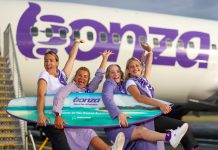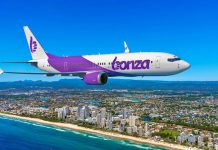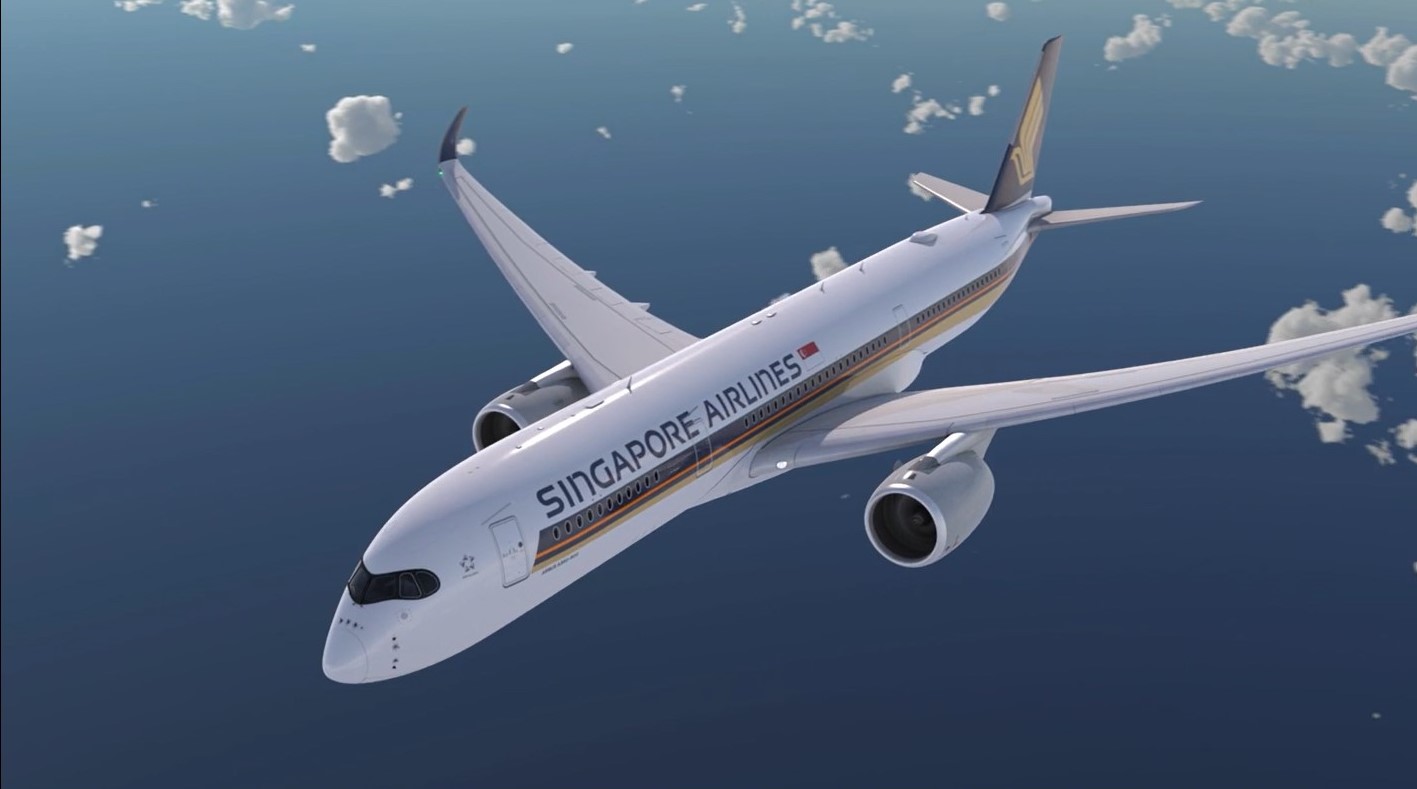Singapore Airlines traffic has suffered a catastrophic 98.9 per cent drop in traffic in the first half of 2021 du to COVID-19 travel restrictions with the airline group suffering a net loss of S$3.4 billion (US$2.52 billion).
The airline group revenue declined 80.4 per cent to just S$1.6 billion ($US1.18 billion) in the first half of the financial year ending September 30.
Passenger flown revenue fell sharply as Singapore Airlines, SilkAir and Scoot were severely impacted by restrictions on international travel the group said. This however was partially offset by stronger cargo flown revenue which was up S$274 million, or 28.3 per cent as countries sought to restore global supply chains.
The airline said that it responded to the demand by maximising freighter utilisation and deploying passenger aircraft on cargo missions.
READ IATA warns of catastrophic job losses.
While revenue was down 80.4 per cent group expenditure decreased only 55.8 per cent to S$3.4 billion.
As a result, the Group swung to an operating loss of S$1.8 billion million for the first half, a S$2.2 billion reversal from an operating profit of S$413 million last year.
For the first half, the group reported a net loss of S$3.4 billion driven primarily by the deterioration in operating performance, as well as some non-cash items such as an impairment of S$1.3 billion on the carrying values of older generation aircraft, with 26 aircraft deemed surplus to fleet requirements after completion of a review of the longer-term network, both indicated in the Business Update issued in July 2020.
These comprise seven A380s, four 777-200/200ERs, four 777-300s, nine A320s and two A319s.
The Group had announced the reduction of about 4,300 positions across the three airlines. Steps were also taken to reduce the number of staff that would be impacted by involuntary release, including salary cuts, a recruitment freeze, open vacancies that were not filled, an early retirement scheme and a voluntary release scheme for staff. These measures reduced the number of staff impacted by the manpower rationalisation exercise to around 2,000.
Singapore Airlines said that it has concluded negotiations with Airbus on a revised aircraft delivery schedule incorporating deferrals for part of the aircraft on order. Negotiations with Boeing on aircraft currently on order are at an advanced stage.
Including the 26 aircraft deemed surplus to requirements, the Group fleet
currently consists of 222 passengers and cargo aircraft.
The passenger network is supported by about 39 aircraft. All seven freighters are fully utilised, and around 33 passenger aircraft are deployed on cargo-only services.
Singapore Airlines has parked 114 aircraft at Singapore Changi Airport while 29 aircraft are
stored in Alice Springs.
Steve Strike Photography took this image of Singapore Airlines jets parked at Alice Springs.

Between end-June and end-September Singapore Airlines increased destinations served from 24 to 30, SilkAir from 3 to 5, and Scoot from 6 to 16.
Consequently, the Group’s passenger network has increased from 32 destinations in June to 43 destinations, including Singapore, by the end of September.
The Group’s cargo network serves 61 cities as at 30 September, up from 26 cities as at
1 April.
In the coming months, Singapore Airlines and SilkAir will reinstate passenger services
to Brunei, Dhaka, Fukuoka, Johannesburg, Kathmandu, Male and Penang. Scoot will also resume services to Melbourne, SIA has also announced that it would launch a three-times-weekly service from Singapore to New York’s John F. Kennedy International Airport from 9 November, providing a non-stop connection to the U.S. East Coast and supporting both cargo and passenger traffic on the route.
But on the upside since the start of the financial year, the Group has successfully increased its liquidity by approximately S$11.3 billion, through a rights issue, secured financing on A350-900 and 787-10 aircraft and unsecured financing.
Also, the airline is well advanced on aircraft sale and lease-back transactions and opportunities in the debt capital markets are being evaluated.
The airline also has approval from shareholders until its next Annual General Meeting to
raise up to an additional S$6.2 billion through the issuance of Mandatory Convertible Bonds.
























